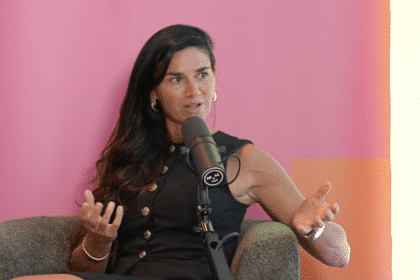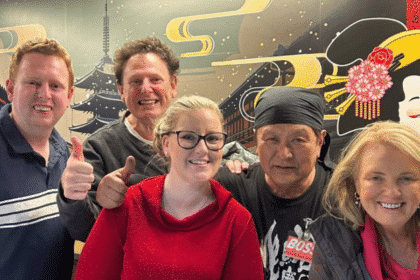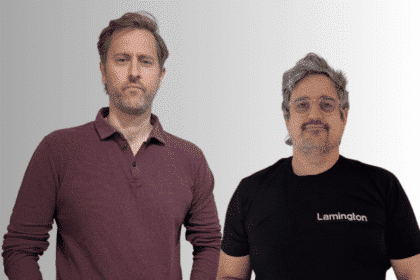Brands and agencies are funnelling more ad dollars into podcasts and audio streaming platforms than ever before but the industry needs to standardise its measurement practices to truly make the system work.
(Lead image L-R: Julian Ho, YouTube; Zac Selby, Dentsu; Matthew Waldbauer, SoundCloud)
That was the consensus view of industry insiders at IAB Australia’s Audio Summit in Sydney yesterday. However, it wasn’t all bad news, upcoming changes to privacy rules and the depreciation of third-party cookies will give audio platforms huge ad benefits given their rich first-party data sets.
“Measurement and data already exist across the industry,” said Julian Ho, Google’s APAC head of YouTube content & music monetisation.
“It’s really a question of standardising and baselining and exposing the effectiveness of audio ads across the board — whether this is by case studies, whether it’s by standardisation as the IAB does already.”
Zac Selby, Dentsu’s national programmatic solutions lead, concurred.
“Best practices, benchmarks, and making studies more available — all that stuff would be great,” he said.
However, while audio measurement systems need to catch up, the platforms will become a goldmine for user targeting in the coming year.
“From an addressability and targeting standpoint, I don’t really see too much of the concern,” Selby continued.
“When we look at audio, they are slightly behind their digital channel counterparts at the moment but we when fast forward 12 months to when cookies are gone, audio is largely contextual with first-party data and logged-in users, so they’ll probably become the gold standard.”
Matthew Waldbauer, SoundCloud’s senior manager of global partnerships, added:
“First-party data is incredibly valuable and beneficial and I think we’re going to see exactly that when third-party cookies are gone. But, to everyone’s point, standardising these measurement solutions to work with first-party cookies or first-party registration data is going to be crucial in that sense because it does take a little bit longer.
“But, in the long term, that is really valuable data that audio platforms do already, and always have, had to offer to advertisers.”
Advertisers are already noticing, however. The IAB reported that 71 per cent of media agencies are planning to boost streaming investment and 78 per cent are planning to increase podcast advertising this year. Despite that increase in spend, ad buyers are apparently concerned over the scalability of their audio campaigns.
“Not many users are streaming on multiple platforms, so if you want extended reach, all of our platforms have additional reach and they’re not bouncing between one platform to another. If they do, they are usually subscribing to one and they’re free on another, or they’re using these platforms for different reasons,” said Waldbauer.
“SoundCloud users are coming to the platform to discover something that they can’t get elsewhere. Our catalogue is massive, and the creator community is uploading demos, mixes, and what have you. People are coming to our platform to get something they can’t get elsewhere, which is not something to say about another platform.”
We’ll leave it up to you to guess which “other platform” Waldbauer was referring to.
He was not alone, either.
“From the perspective of YouTube, in Australia, we have about 18 million active users monthly — obviously not all audio. But what we do know is that a huge chunk of those individuals, if not all, engage with music content at least once monthly,” said Ho.
“Music streaming is not simply audio but also video and background and also engaging with the screen or screenless via home devices. We think scalability is really not an issue. We think there is tremendous scale for audio inventory. And again, as a supplement to existing video campaigns, I think we’ll get improved effectiveness, as well.”
When it comes to buying that audio inventory, the panel had some key points for planners.
“Context is king. Relevancy really matters. We’ve heard today that when users are listening, they tend to be paying more attention even if they are doing other things,” said Ho.
“Audio allows us to understand a user’s state of mind much better than other formats. This can really benefit and improve the message or maybe increase engagement.
“Audio works well as a standalone format but even better as a supplemental or complementary format. The ability to surround the user and engage across multiple surfaces is very powerful. Being able to reach a user who is interested in sneakers while they’re doing the dishes is one thing. Being able to reach that same user while they’re running on a treadmill is a completely different and arguably much better outcome. Bring those two together in addition to a video campaign that can drive a story and a narrative is very powerful.”








